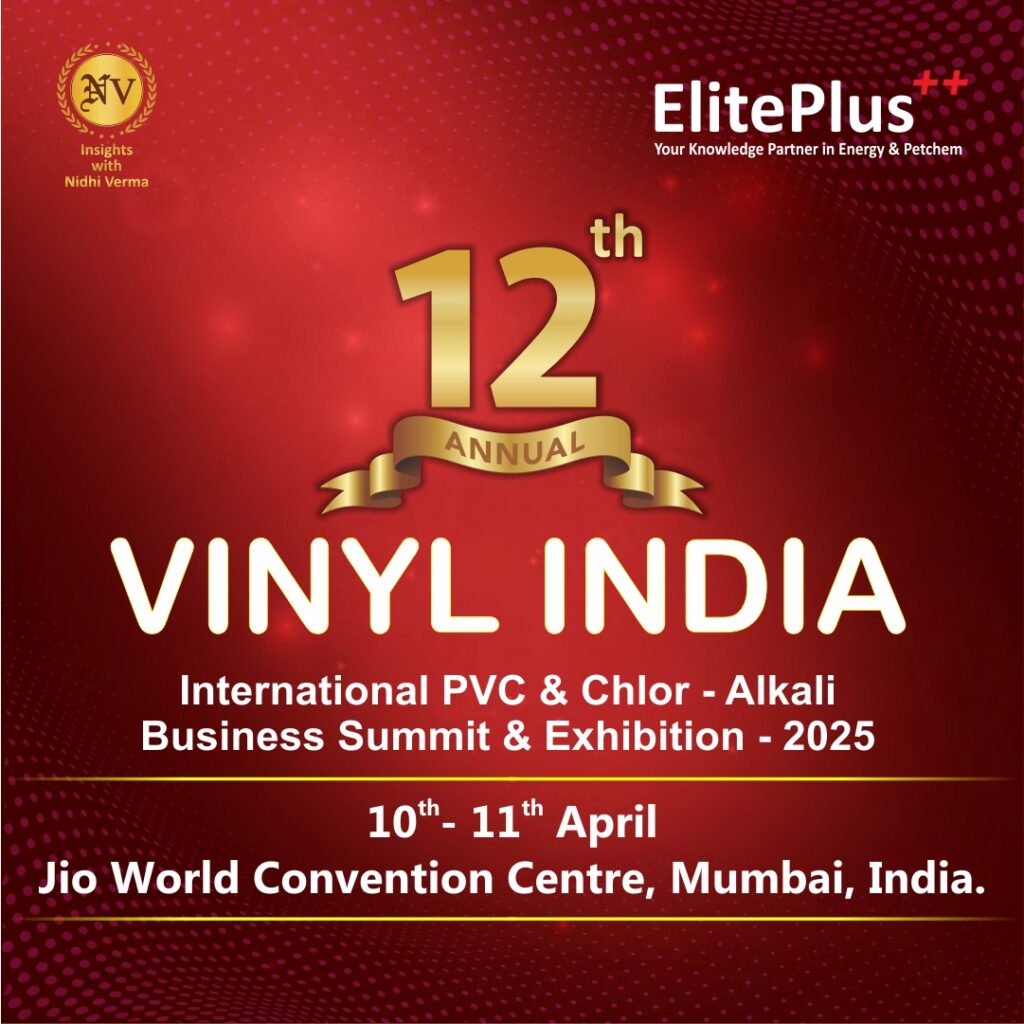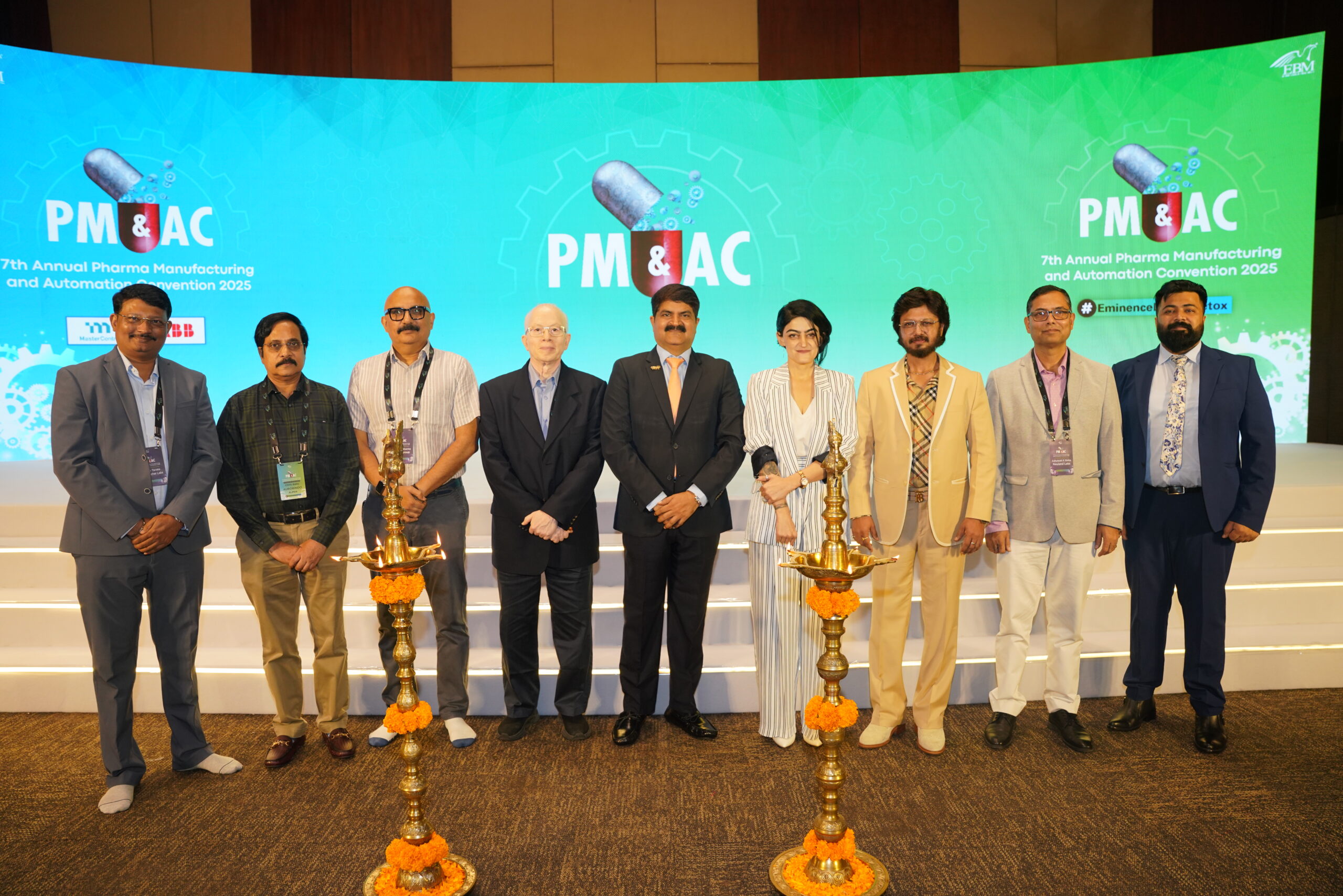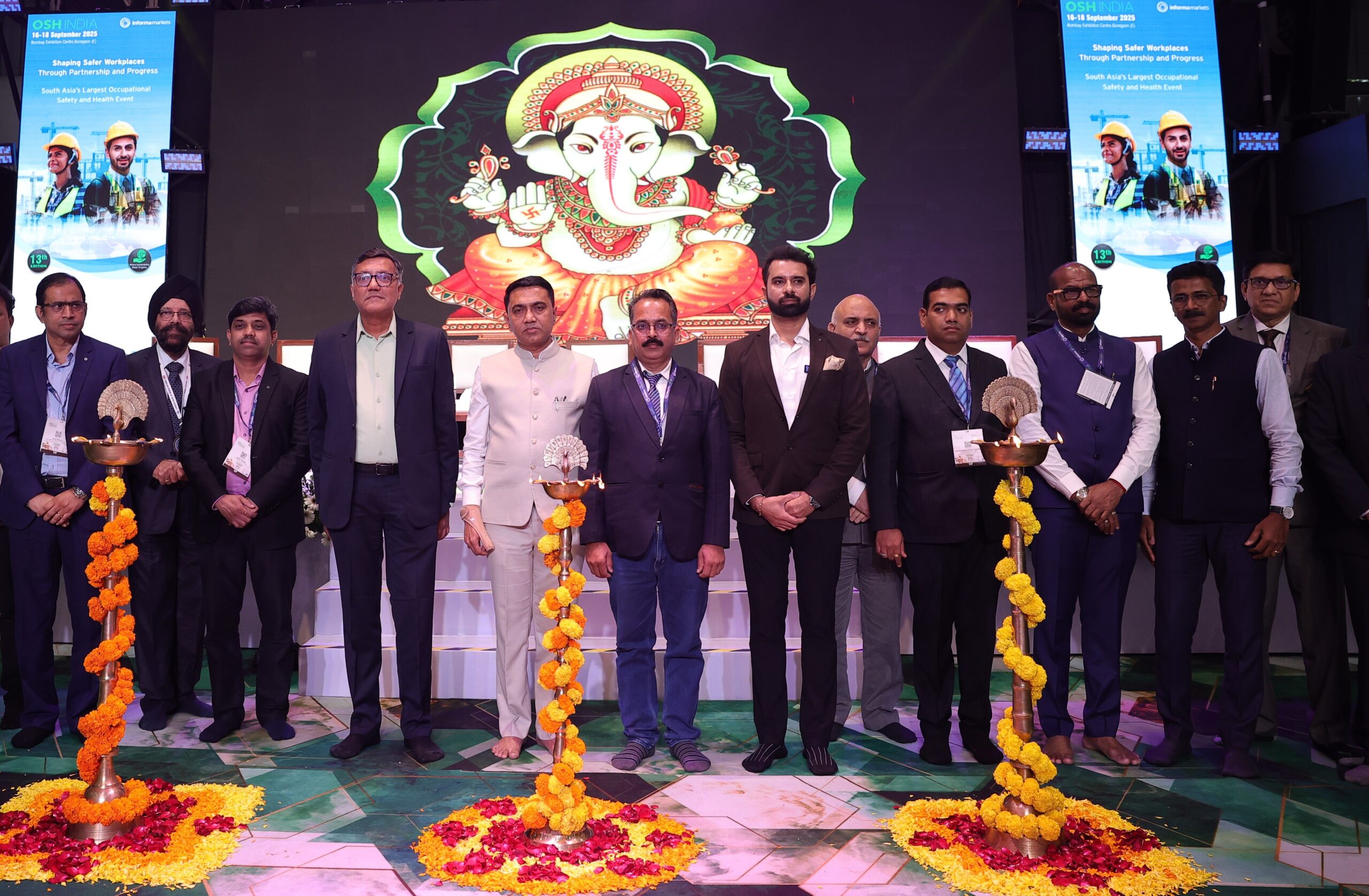The pharmaceutical industry is experiencing a transformative shift driven by Industry 4.0 technologies, with the Internet of Things (IoT) at the forefront. Globally, and increasingly in India, IoT-enabled systems are enabling pharmaceutical manufacturers to achieve unprecedented levels of efficiency, quality assurance, and regulatory compliance.
As both global and Indian companies strive to produce safer, more effective, and more affordable medicines, the adoption of smart sensors and real-time monitoring tools is rapidly becoming a necessity—not a luxury.
1. Real-Time Monitoring and Data Collection
Global Perspective:
Across pharmaceutical facilities worldwide, IoT sensors are being deployed on manufacturing equipment and within the production environment to continuously capture vital data. These include:
- Machine-specific metrics: temperature, pressure, vibrations, motor speed
- Environmental parameters: humidity, particulate count, air flow, contamination levels
This real-time visibility helps global pharmaceutical giants ensure cGMP (current Good Manufacturing Practice) compliance, reduce production risks, and eliminate inefficiencies.
Indian Perspective:
India, being one of the world’s largest producers of generic drugs and vaccines, is increasingly integrating IoT-based monitoring in areas like sterile manufacturing, API production, and packaging. For Indian manufacturers:
- IoT helps ensure compliance with Schedule M, WHO-GMP, US FDA, and EMA guidelines.
- Environmental monitoring systems in cleanrooms ensure aseptic conditions required for exports and domestic healthcare delivery.
- Mid-size Indian firms are leveraging affordable IoT platforms and cloud-based dashboards for 24/7 remote monitoring, improving both uptime and compliance.
Use Case:
Indian pharmaceutical companies like Dr. Reddy’s Laboratories and Biocon are adopting IoT in biologics production to maintain precise control over bioreactor conditions and ensure product consistency.
2. Enhanced Quality Control
Global Perspective:
IoT supports continuous manufacturing and real-time quality assurance (RTQA). Rather than relying solely on end-product testing, smart sensors continuously verify critical quality attributes (CQAs) throughout the process.
- Automated inspections, camera systems, and real-time data validation ensure “right first time” production.
- Sensor alerts and data analytics help in quick root cause identification and corrective action.
- Regulatory agencies like the FDA are encouraging Quality by Design (QbD) and Process Analytical Technology (PAT), both of which are IoT-driven approaches.
Indian Perspective:
Indian regulators are also modernizing compliance expectations, pushing manufacturers to digitize quality systems. IoT integration is helping Indian companies:
- Identify deviations early in batch production.
- Trigger automated quality checks and stop lines when necessary.
- Improve product traceability, with complete digital logs that aid during audits or recalls.
In India’s competitive pharma market, where speed and reliability are crucial, these systems provide a decisive edge—especially when supplying to regulated markets like the US, Europe, and Japan.
3. Predictive Maintenance
Global Perspective:
IoT sensors are extensively used to monitor the health of manufacturing equipment, preventing unplanned downtime through predictive analytics. By identifying anomalies—like changes in vibration, temperature, or motor current—systems can forecast equipment failure and schedule maintenance before breakdowns occur.
This proactive approach:
- Reduces machine downtime
- Extends equipment lifespan
- Optimizes spare parts inventory
Indian Perspective:
In India, where plant maintenance is often reactive due to budget constraints or traditional practices, predictive maintenance is a game-changer. Leading Indian pharma firms are investing in IoT-based predictive tools to minimize costly halts in production—especially for critical continuous processes like granulation, coating, and filling.
MSMEs (Micro, Small, and Medium Enterprises), which form a large part of India’s pharma ecosystem, are increasingly accessing affordable SaaS-based IoT platforms to implement condition-based maintenance without massive capex investments.
4. Increased Efficiency and Productivity
Global Perspective:
IoT-driven insights into process performance allow global manufacturers to optimize:
- Production schedules
- Resource allocation
- Energy consumption
- Equipment utilization
These improvements directly result in lower cost per unit, reduced waste, and higher output.
Smart factories worldwide are also automating mundane tasks (data entry, monitoring, alerting) to free up skilled labor for innovation and oversight.
Indian Perspective:
India’s pharmaceutical sector, being labor-intensive and cost-sensitive, benefits immensely from these efficiencies. IoT helps Indian manufacturers:
- Detect and remove bottlenecks
- Reduce manual data entry through integration with MES (Manufacturing Execution Systems)
- Improve compliance through automated digital record-keeping
- Increase batch output without expanding physical infrastructure
Indian government initiatives like Make in India, Digital India, and the PLI Scheme for Pharmaceuticals actively encourage adoption of smart technologies to drive global competitiveness.
5. Supply Chain Optimization
Global Perspective:
In the global pharmaceutical supply chain, IoT sensors enable:
- Real-time tracking of raw materials, semi-finished products, and finished drugs
- Cold chain monitoring, ensuring temperature-sensitive drugs (e.g., vaccines, biologics) are kept within required temperature ranges
- Inventory visibility across multiple nodes, improving logistics, reducing losses, and enhancing responsiveness to demand
These capabilities ensure both regulatory compliance and patient safety—especially in regions with complex logistics.
Indian Perspective:
Given India’s large and geographically diverse domestic market—and its role as a major exporter—IoT enhances visibility, accountability, and traceability in the pharmaceutical supply chain.
- Temperature and location sensors are now used in vaccine distribution, critical for government programs like Mission Indradhanush.
- IoT helps logistics providers and pharma firms monitor temperature excursions in real time, preventing spoilage and ensuring WHO-prequalified delivery.
- Pharma wholesalers and retailers benefit from smart inventory management, avoiding both overstocking and stockouts.
The integration of blockchain with IoT is also being explored in India to combat counterfeit medicines, which remain a major concern in both domestic and export markets.
Conclusion: A Smarter, Safer, and More Efficient Future
Whether in India or globally, the pharmaceutical industry is being redefined by IoT-enabled smart manufacturing. From automated quality control and predictive maintenance to supply chain transparency and real-time data analytics, IoT is not just improving operational efficiency—it is transforming how drugs are made, tracked, and delivered.
For India, which produces over 60% of global vaccines and 20% of generics, adopting IoT is not just about operational gains—it is about safeguarding public health, ensuring global compliance, and maintaining leadership in the global pharmaceutical market.
As the world moves toward personalized medicine, precision therapeutics, and tighter regulatory norms, the synergy between IoT and pharma manufacturing will be the foundation of a new, intelligent era of healthcare manufacturing—globally interconnected, locally optimized, and universally trusted.






